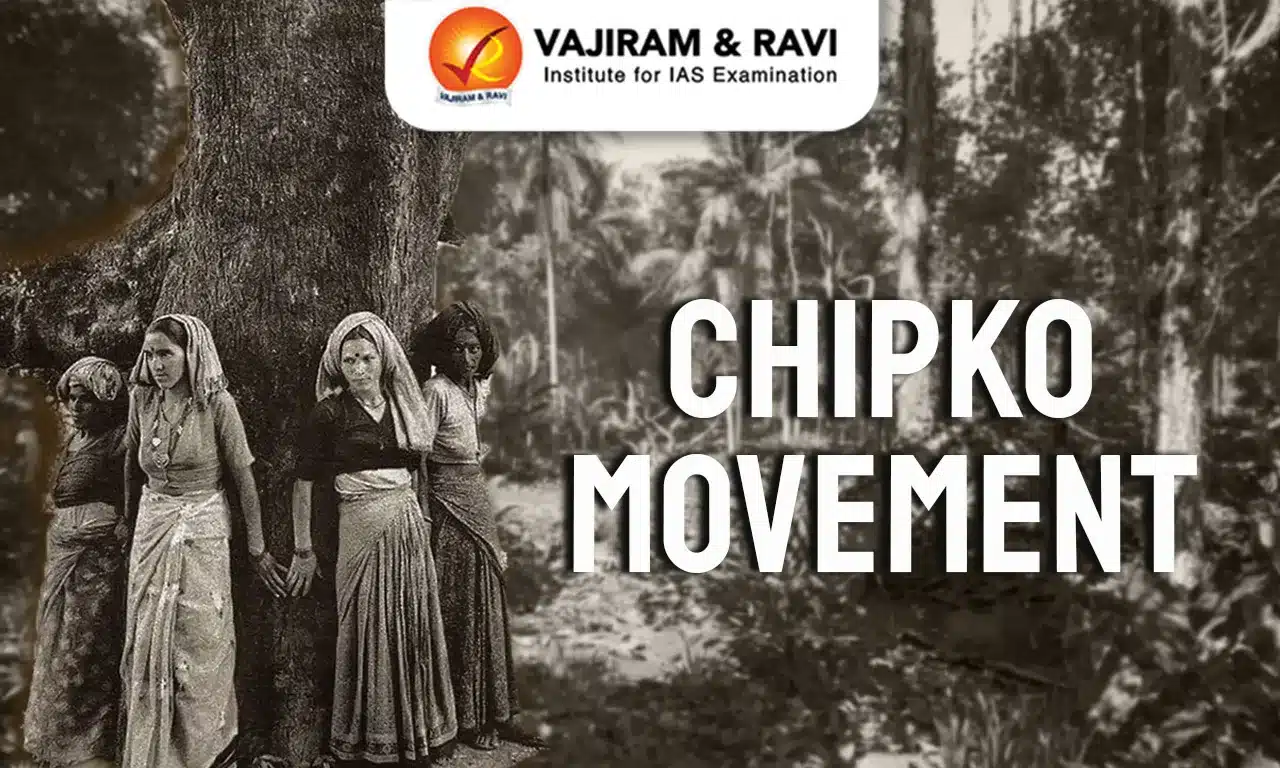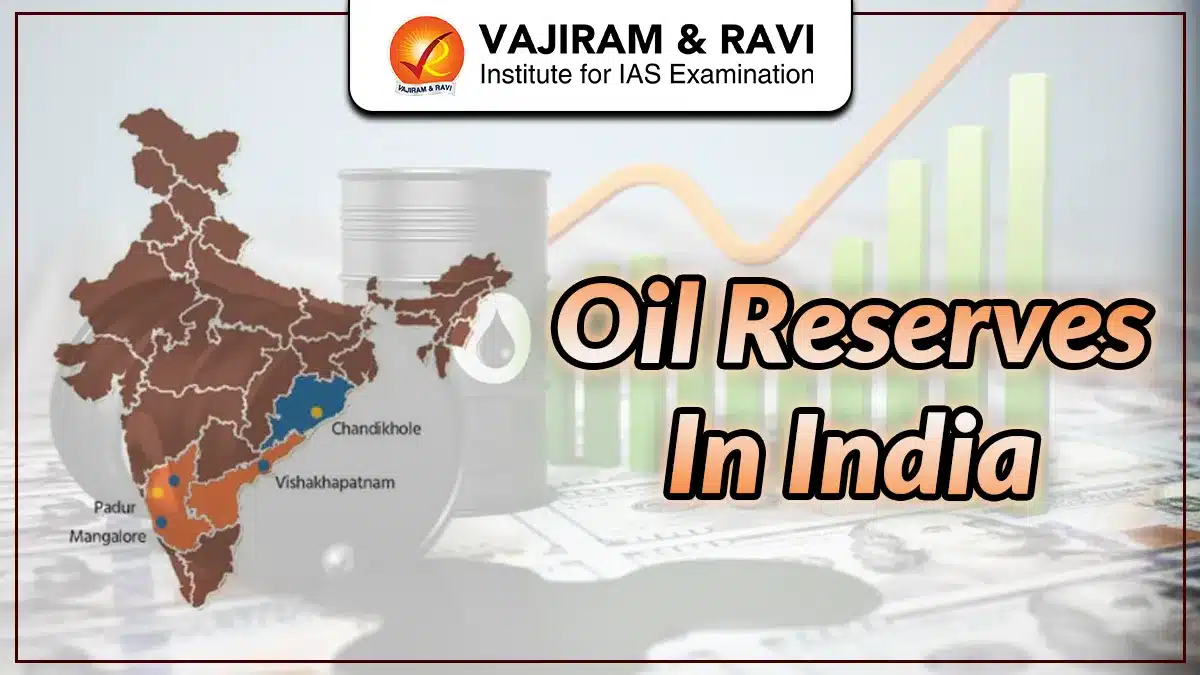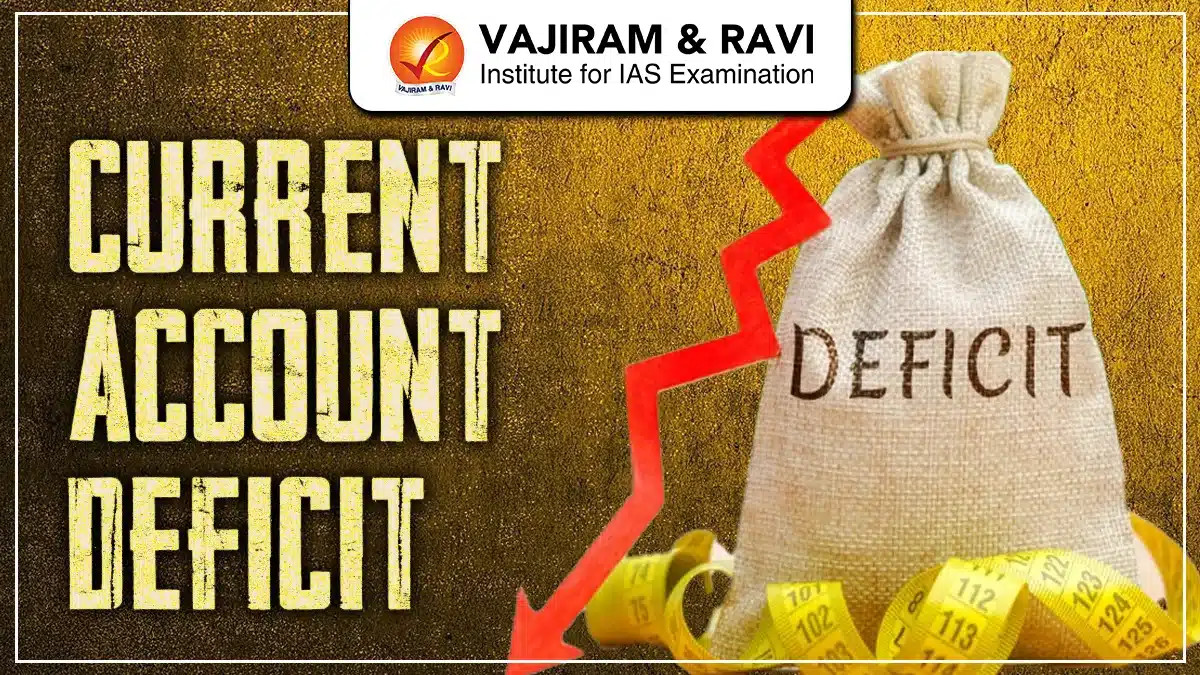The Chipko Movement was an environmental movement that got its name from the Hindi word “chipko,” meaning “to embrace,” because villagers, most women, hugged trees to stop them from being cut down. Women were at its core, making it a powerful example of eco-feminism in action made this movement stand out. Their peaceful resistance showed how non-violent protest could be a strong force for protecting forests and preserving the environment.
Chipko Movement
The Chipko Movement, also known as Chipko Andolan or the “hug the tree” movement, began in 1973 at the foothills of the Himalayas. It was led by environmental activist Sunderlal Bahuguna and started in the Chamoli district of Uttar Pradesh (now part of Uttarakhand).
This movement was a non-violent protest by rural villagers, especially women who physically embraced trees to prevent them from being cut down by contractors. The goal was to protect the forests of the Himalayan region from commercial deforestation. Women, who depended heavily on forests for fuel, fodder, and water, became the face of the resistance. Chipko Movement was guided by Gandhian principles of non-violence and satyagraha, the movement spread rapidly through the Himalayas.
Chipko Movement Origin
The Chipko Movement began in 1973 in the Garhwal region of present-day Uttarakhand, then part of Uttar Pradesh. The spark came when the government allowed a sports goods company to cut down trees in forests that had been cared for and used by local communities for generations. When the villagers protested, their request was ignored. So they decided to act. Under the leadership of local organizations like the Dasoli Gram Swarajya Sangh (DGSS), people began hugging trees forcing the loggers to stop. This simple It inspired villages across the region to rise in defense of their forests.
Who Started the Chipko Movement?
The Chipko Movement was led by Chandi Prasad Bhatt, a Gandhian social activist and founder of DGSS. But another name deeply associated with Chipko is Sunderlal Bahuguna, who later popularized the movement nationwide and even globally. His 5,000-km long foot march across the Himalayas spread awareness about deforestation and ecological degradation. In 1974, the movement saw one of its most powerful moments, when Gaura Devi, a village woman in Reni, led a group of women to confront loggers face to face. Their courage turned the tide and made the movement a symbol of women-led environmental resistance.
Chipko Movement Key Figures
- Chandi Prasad Bhatt: Organised local communities and set up the grassroots structure of the movement.
- Sunderlal Bahuguna: Gave the movement a national voice, linking it to broader environmental issues.
- Gaura Devi: Led the legendary Reni village protest that put women at the center of the movement.
- Dhoom Singh Negi: Another important member of DGSS who helped organize resistance efforts.
Chipko Movement Causes
- Massive deforestation in the Uttarakhand hills during the 20th century disrupted the local ecosystem and economy.
- Government policies favoured commercial logging over the needs of the local population, leading to growing resentment.
- Repeated appeals by villagers were ignored, leaving them with no institutional support to protect their forests.
- Deforestation led to an imbalance in the local ecology, less rainfall, soil erosion, poor crop yields, and drying water sources.
- Scarcity of water and firewood became a daily struggle, especially for women who managed household needs.
- Malnutrition and poverty worsened, particularly among marginalized forest-dependent communities.
- Lack of environmental awareness among policymakers and mainstream society deepened the crisis.
Chipko Movement Impact
- Prime Minister Indira Gandhi imposed a 15-year ban on green felling in Himalayan forests. This was a direct result of Chipko’s pressure in 1980
- The Chipko Movement brought forest conservation to the national conversation. It was no longer just a rural issue, it became a question of national policy and global interest.
- Women were no longer seen as passive, they were leaders, strategists, and protectors of the environment.
- The Chipko Movement showed that decentralized, community-led movements could succeed without political backing or violence. It inspired similar campaigns across India and even in other countries.
- The Chipko Movement was covered in international media, discussed in global policy circles, and studied in universities as a model of nonviolent environmental activism.
Other Major Movements
- Narmada Bachao Andolan was initiated by Medha Patkar to protect dams on the sides of the Narmada River to safeguard the environmental degradation as well as the displacement of people living in that area.
- Silent Valley Movement was launched in Kerala, this movement rejected a proposed hydroelectric project that would have submerged the Silent Valley rainforest
- Inspired by the Chipko Movement, the Appiko Movement began in the Western Ghats of Karnataka. Locals hugged trees to prevent them from being felled, demanding a halt to deforestation and calling for reforestation efforts.
Save the Western Ghats March campaign focused on the ecosystem of the Western Ghats. Activists and environmentalists organized a long march across the region, highlighting its importance and demanding sustainable development policies and stronger environmental safeguards to protect one of India’s richest biodiversity zones.
Last updated on January, 2026
→ Check out the latest UPSC Syllabus 2026 here.
→ Join Vajiram & Ravi’s Interview Guidance Programme for expert help to crack your final UPSC stage.
→ UPSC Mains Result 2025 is now out.
→ UPSC Notification 2026 is scheduled to be released on January 14, 2026.
→ UPSC Calendar 2026 is released on 15th May, 2025.
→ UPSC Prelims 2026 will be conducted on 24th May, 2026 & UPSC Mains 2026 will be conducted on 21st August 2026.
→ The UPSC Selection Process is of 3 stages-Prelims, Mains and Interview.
→ UPSC Result 2024 is released with latest UPSC Marksheet 2024. Check Now!
→ UPSC Toppers List 2024 is released now. Shakti Dubey is UPSC AIR 1 2024 Topper.
→ Also check Best IAS Coaching in Delhi
Chipko Movement FAQs
Q1. When did the Chipko Movement start?+
Q2. Who led the Chipko Movement?+
Q3. What was the method of protest?+
Q4. What was the outcome?+
Q5. Why is the Chipko Movement important today?+
Tags: chipko movement

















